These 5 historic homes are among Pueblo's oldest. Here's what makes them unique
If you live in Pueblo, there's a good chance you've passed an important piece of history on your daily commute without even realizing it.
Locales throughout the country are deemed historically significant and worthy of preservation through a National Register of Historic Places listing. Pueblo County has 68 listings in the National Register, several of which are structures built in the late 19th and early 20th centuries to house prominent residents of Pueblo.
The five houses on this list are among the oldest in the county listed on the National Register, and each has its own unique history.
They were built between 1872 and 1889; three are on the north side, one is just outside Dutch Clark Stadium and the other is on a ranch outside city limits.
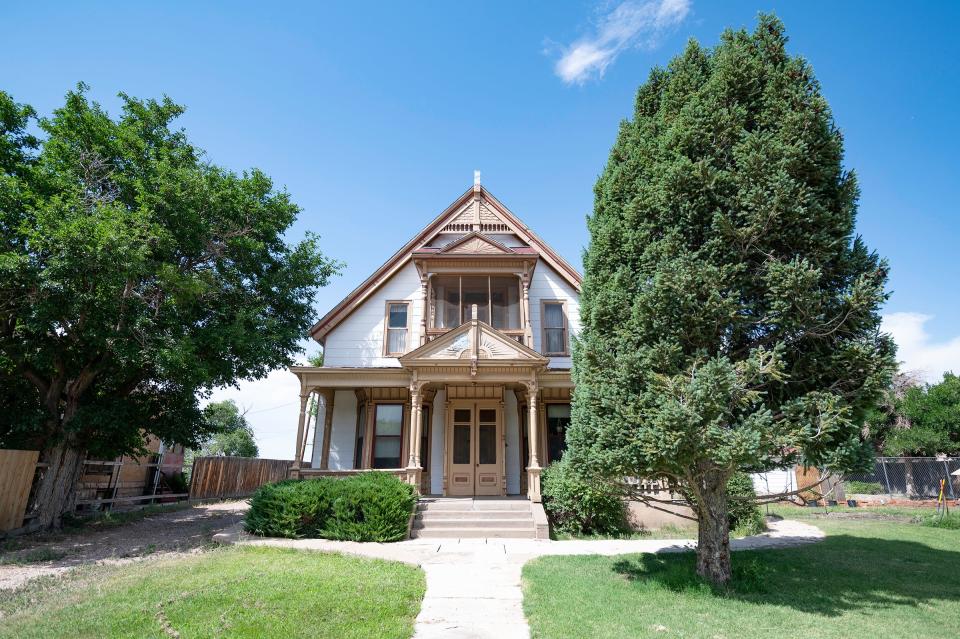
1872 home was owned by Colorado railroad pioneer James N. Carlile House
The house of Pueblo pioneer James N. Carlile at 44 Carlile Place had a fairly modest appearance before architect Frank West elaborately remodeled the property.
Carlile came to Colorado during the Pikes Peak Gold Rush of the late 1850s and early 1860s. He partnered with William Moore in 1866 to start a railroad contracting and building firm. Carlile contracted construction of the first railroad mile in Colorado. By the time of his 1921 death, he'd contracted construction of more railroad than anyone in the Centennial State.
In 1872, Carlile's house was 1.5 stories with a gable roof and no porches. West's 1883 and 1884 remodeling added a veranda, open screened porch, intricate wood trim and other detailing consistent with the Queen Anne style of architecture. Remodeling cost Carlile about $4,000, which is more than $124,000 today.
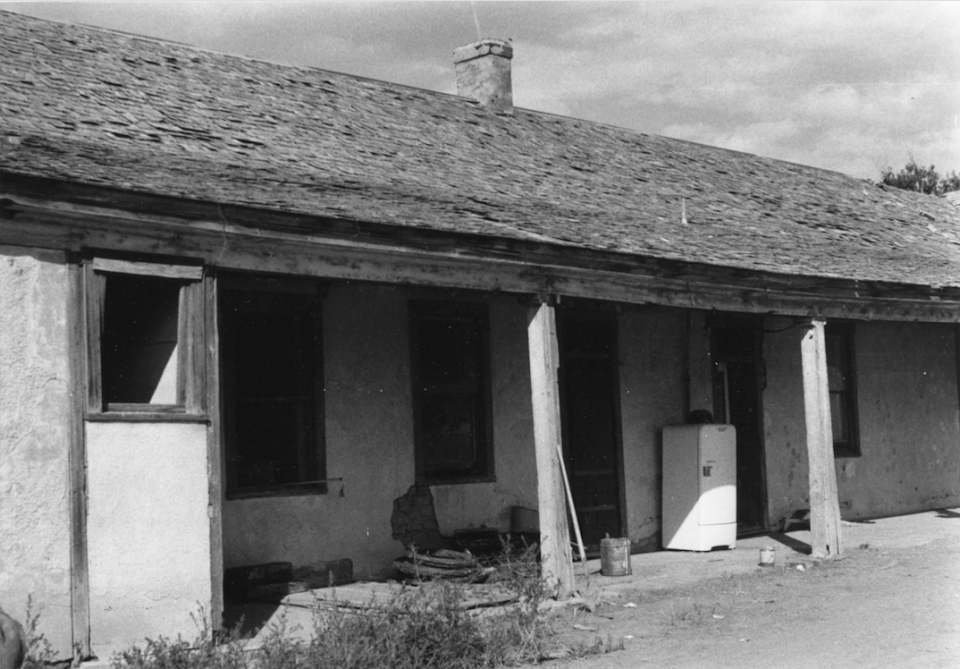
Butler House near Avondale tied to prominent U.S. military, political figure
An adobe house on a quiet ranch southeast of the city was owned by one of American history's most notable legislators.
Benjamin F. Butler was a former Union Army major general, U.S. Representative, Massachusetts governor and third-party candidate for president. He led congressional efforts to impeach President Andrew Johnson in 1868 and co-authored the Civil Rights Act of 1875. In 1882, Butler purchased what would later be known as the Butler Ranch, 6916 Broadacre Road, in Pueblo County.
The ranch includes a ranch house, stone house, barn, cow shed and outbuilding. With adobe walls about 18 inches thick, the ranch house is believed to have been constructed around 1880. It may have been constructed with remains of another house built in 1864, according to the National Register.
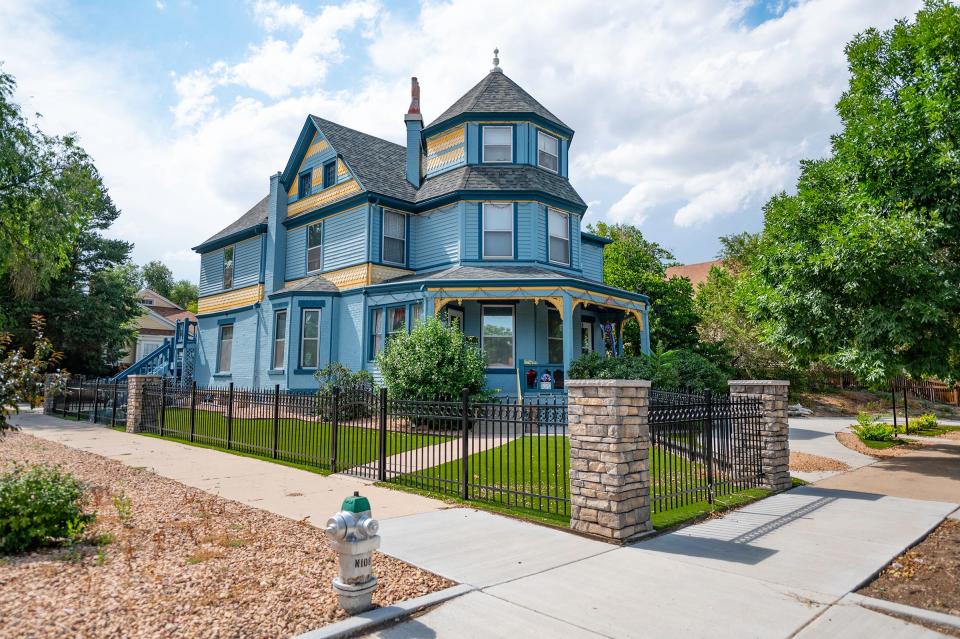
J.L. Streit House was an escape from smelter fumes
By the late 1880s, Pueblo was booming and the Dundee Investment Company sought to capitalize on demands for housing.
The company's Dundee Place subdivision had a north side location "remote from fumes and smoke" produced by Pueblo smelters and blast furnaces, according to a May 27, 1888, edition of the Chieftain. It was among Pueblo's first subdivisions to institute minimum building costs. Planting of cottonwood trees was prohibited at Dundee Place, as they turned "the ladies black dresses white," according to the Chieftain.
One of Dundee Place's model homes was built by architect Patrick P. Mills and sold to businessman J.L. Streit in 1888. Features of the house include an octagon-shaped front tower, multiple gables, and Venetian-tiled fireplaces.
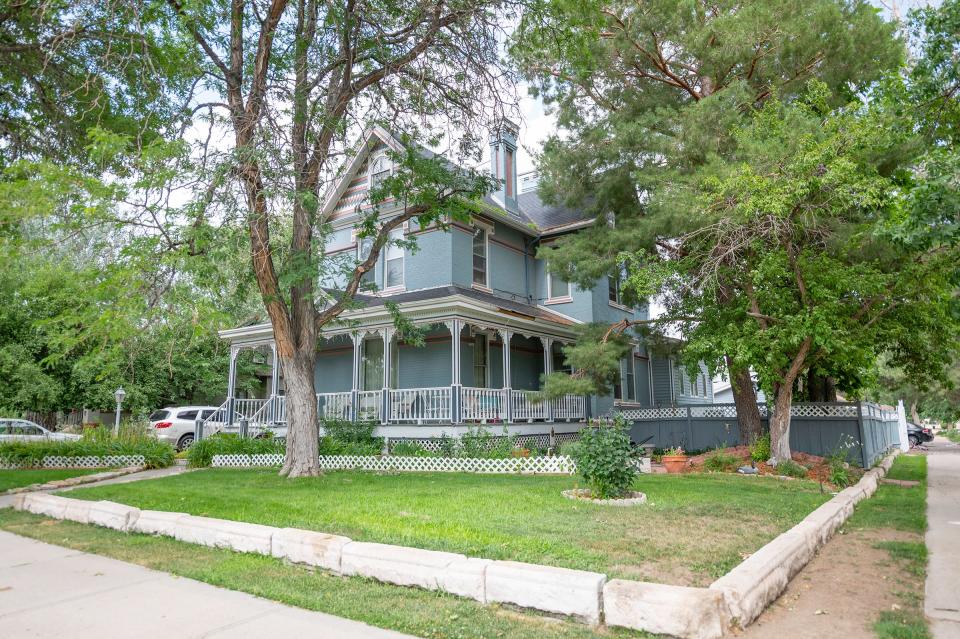
Historic home near Mineral Palace was scene of murder mystery
It may have been hard to fathom, but a luxurious home near Colorado Mineral Palace became the backdrop of a murder on March 20, 1896.
The house, 1906 Court St., was owned by banker and politician W.J. Barndollar. He was coming back from work at the Pueblo County Treasurer's Office when he was shot and killed by unknown assailants. Barndollar, 46, was less than a block away from his house, where his wife and three children waited for him.
Sheriff William A. Moses suspected assailants were after keys to unlock a money-filled safe at the treasurer's office. However, the assailants fled the scene without grabbing the keys. Barndollar's death continues to be a mystery, according to the National Register.
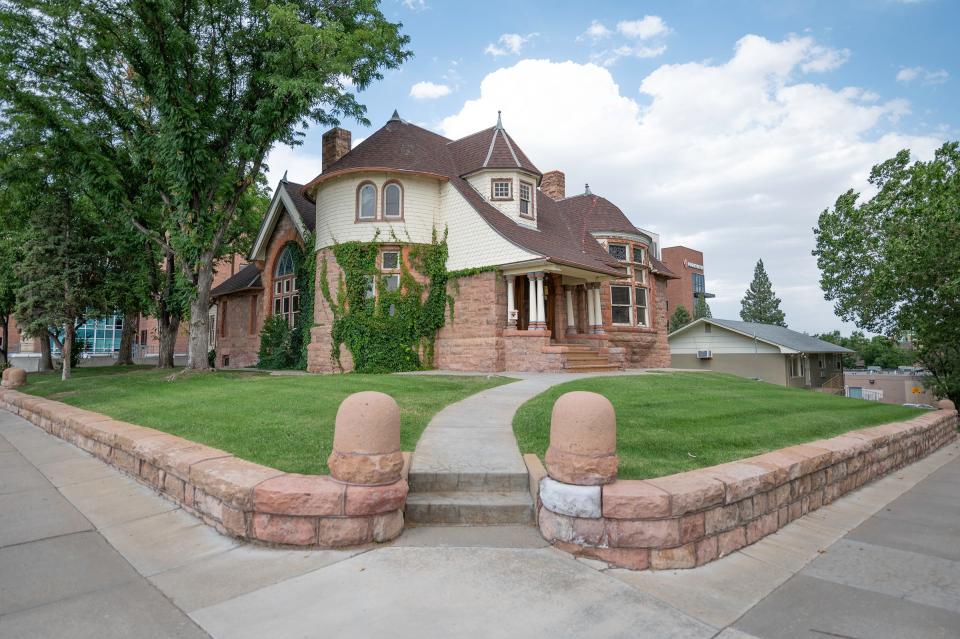
Allen J. Beaumont's home was built before neighbor John Thatcher's famous 'Rosemount'
Across the street from the Rosemount Museum sits an eclectic, pink lava stone house that was sold to the Parkview Health System this May.
The house, 425 W. 15th Street, belonged to stenographer and lawyer Allen J. Beaumont. It was built in 1889, four years before John Thatcher began living at Rosemount across 15th Street from Beaumont. Beaumont acquired the property for his house from Thatcher's brother Mahlon. Mahlon lived across Greenwood Street from Beaumont.
The stone used to build the Beaumont house was said to be from Garden of the Gods in Colorado Springs. Beaumont lived in Colorado Springs, and worked on the Denver and Rio Grande Railroad before moving to Pueblo in the late 1870s. In Pueblo, he was employed by the Thatcher and Gast law firm.
Pueblo Chieftain reporter James Bartolo can be reached at JBartolo@gannett.com. Support local news, subscribe to The Pueblo Chieftain atsubscribe.chieftain.com.
Summer in Pueblo: More 100-degree days are expected in Pueblo this summer. Here's how to beat the heat
This article originally appeared on The Pueblo Chieftain: The unique histories behind 5 of Pueblo's oldest houses

